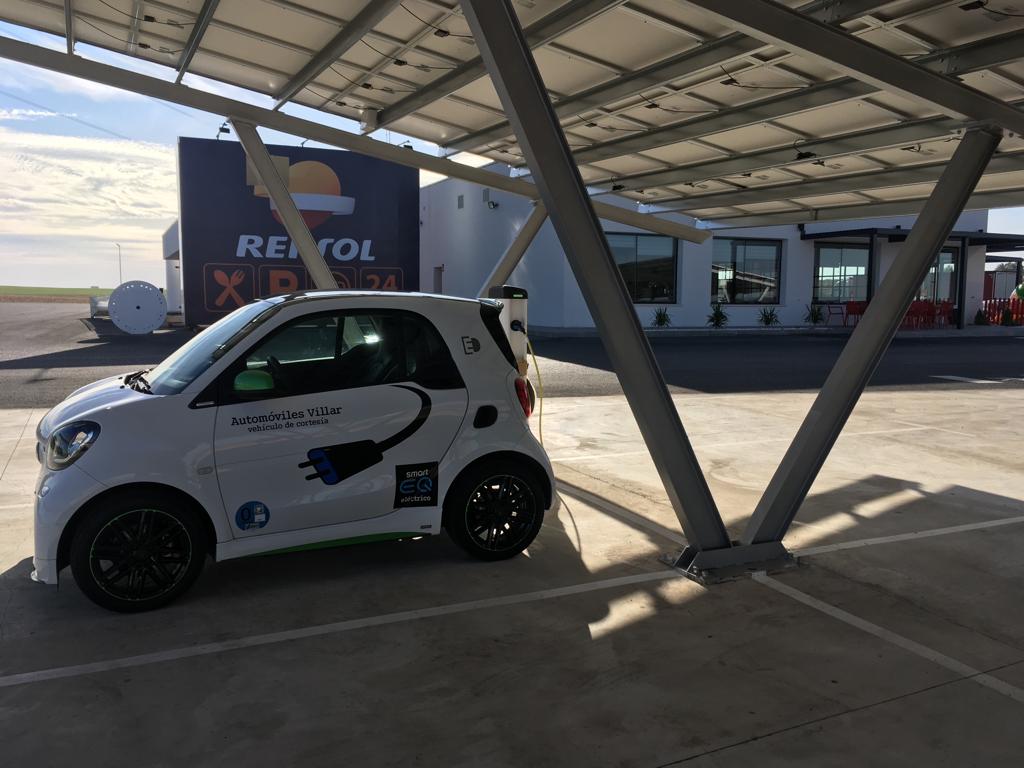ZGR DESIGNS SERVICE STATIONS OF THE FUTURE IN CUENCA
By combining different energy sources, such as photovoltaic, which are managed using a cutting edge smart system, it is possible to guarantee with full certainty that these facilities will make the transition to electric transport
In Noguera de Pozoseco, in the province of Cuenca, its service area is a pioneer when it comes to providing an effective, efficient and sustainable solution to reliable and continuous energy supplies for these types of facilities.
This case it just one example of the many service stations that have experienced growth until the supply of the required energy by traditional means is no longer feasible. Also, the area is in a specific geographical location and had no electricity supply grid. For this reason, it must be solely supported by a generator set.
Thanks to ZGR’s innovative technological proposal, the Noguera de Pozoseco service area now has the required 500 KWh/day of electrical power available.
ZGR’s PROPOSAL FOR THE SERVICE AREA
The proposal is based on three energy generation sources:
A 200 KVAS generator set with automatic start-up (to cover the demand peaks and cloudy days).
a 160 KWp solar panel photovoltaic installation located on an 850 square meter car park.
a 1000 KWh storage battery set.
These sources are managed by means of a programmable autonomous system that optimises its performance. Furthermore, the system is scalable and can be easily extended with installation of new smart equipment that decide the energy source to be used.
The entire facility is controlled using software that analyses, measures and records temperature and solar radiation data – both for the modules and the atmosphere – and checks that the solar production corresponds with these measured values. Using this application on a mobile phone it is possible to display data and know the evolution of consumption in real-time. In short, this is a cutting edge, efficient and profitable proposal.
The system can be installed in days and put into operation in hours and is valid both for those stations with limited connection to the grid and for those that (with no supply extension problems) use alternative energies such as photovoltaic energy.

